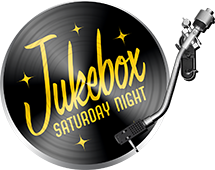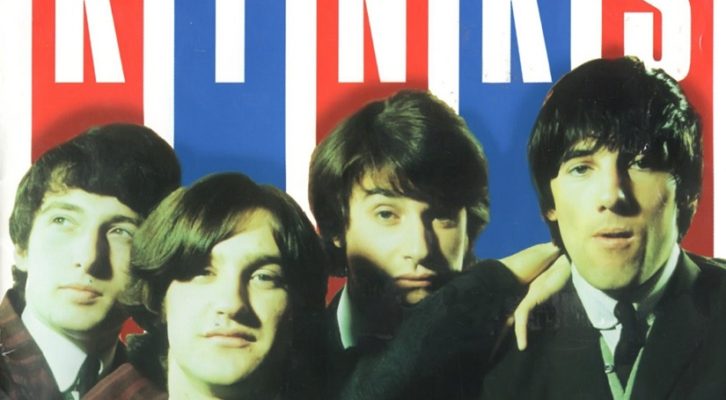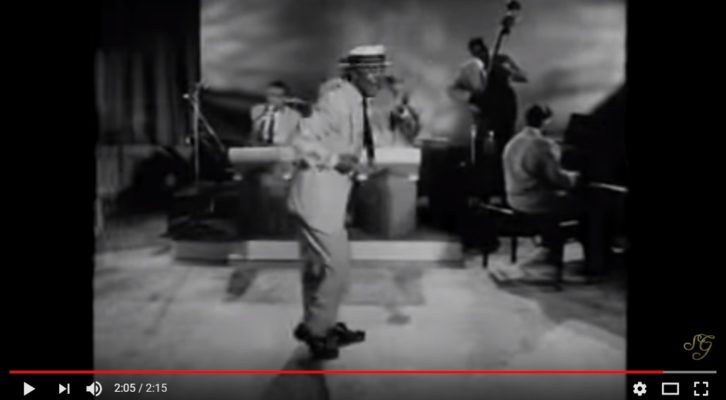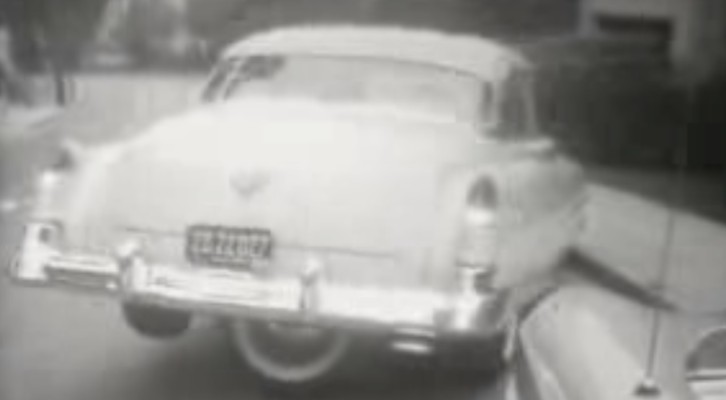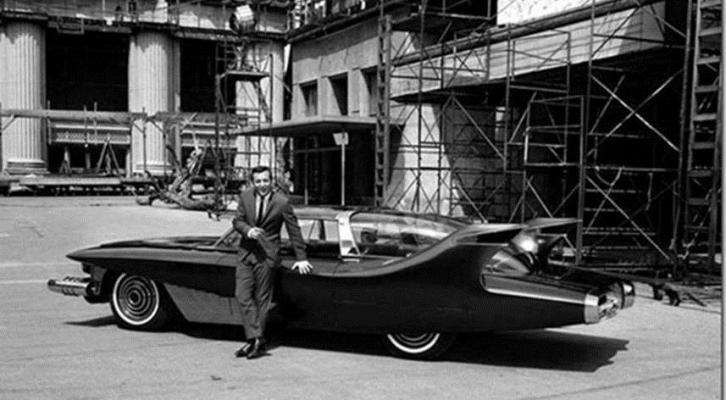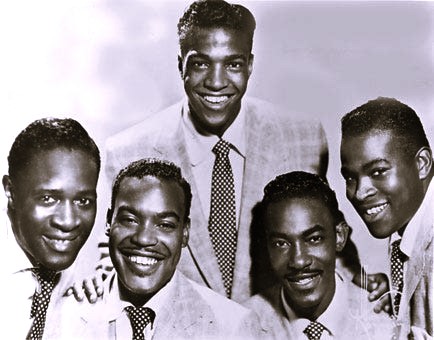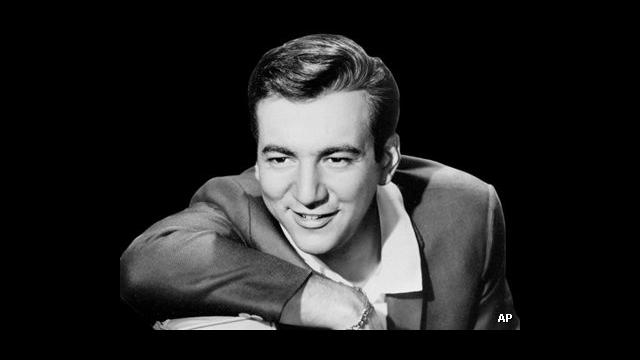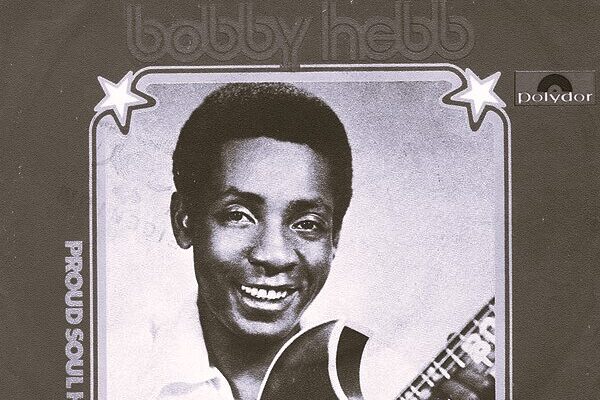Is Disturbed Nu Metal Enough For The New Industry?
Is Disturbed nu metal enough? Absolutely! Their band history and achievements, along with their popular songs and albums, make them a powerful musical force even in today’s scene.
Here at Jukebox Saturday Night, we’re here to showcase why Disturbed continues to thrill fans. However, beyond talking about the Disturbed discography and story, we also highlight the legacy of other artists like Bob Weir and Grace Jones, so be sure to check out our other electrifying discussions afterwards.
Reason #1: They’ve always made a name for themselves in the metal genre.
Let’s run it back and look at Disturbed’s history.
The band consistently overcame criticism throughout their career.
They were at first seen as side figures in the genre, with many asking, ‘Is Disturbed nu metal enough?’ However, the original Disturbed lead singer, Erich Awalt, shares his distinctive simian calls. This distinctive feature quickly became a talking point and trademark.
Unlike other artists like Korn or Limp Bizkit, Disturbed’s sound and style didn’t involve hip-hop as much. Rather, they leaned towards an industrial metal vibe that shared elements from proto-punk works. This edge was a fitting choice for a band from Chicago, the city that had Wax Trax! Records and is home to groups like Ministry, Front 242 and KMFDM.
Reason #2: The band has made five albums that debuted at #1 before.
They started their streak with Believe (2002).
This was the first of Disturbed’s albums to debut at #1. Released shortly after the tragic events of 9/11, Believe offered a harder, more conventional heavy metal sound. The lyrics touched on themes of sadness and even spirituality, capturing the mood of a difficult period.
This resonated with many people around the web, propelling the album to achieve significant commercial success, including three hit singles and a double platinum certification.
The band continued with Ten thousand fists (2005).
This album took the Disturbed lyrics and sound to even heavier and more political depths. It’s known for arena-suited songs and striking guitar solos, creating a powerful listening experience. Notably, it includes an impactful cover of Genesis’s ‘Land of confusion’, which stood out both musically and thematically.
In the end, the album gave rise to five whopping singles and achieved double platinum status. It reinforces the band’s growing influence in the genre, even to those who were asking, ‘Is Disturbed nu metal enough?’
Fans continued to support them in the release of Indestructible (2008).
Often seen as their darkest and most brutal album with industrial thrash pieces like ‘Perfect insanity’ and ‘Divide’, the album pushed their sound to a grittier place. However, it kept the band’s signature anthem-like qualities, similar to the work in R’n’R heaven. This is particularly seen with singles like ‘The night’ and ‘Inside the fire’. The same even goes for the track ‘Indestructible’.
With this, the album gained platinum status and ‘Inside the fire’ even garnered a Grammy nomination for continued critical acclaim.
Asylum (2010) was another great album they worked on.
This collection of Disturbed songs gave renewed heaviness with fewer electronic and industrial elements.
Tracks like ‘The animal’, ‘Another way to die’ and ‘Warrior’ even showcased the band’s ever-evolving sound. While the album did debut at #1, it achieved gold rather than platinum certification, reflecting a slight dip in commercial success but the willingness and versatility to change styles slightly. However, this may be part of the reason why fans ask, ‘Is Disturbed nu metal enough?’
Disturbed came back strong with Immortalized (2015).
After a short break, the album Immortalized marked a significant turning point for the band.
Shaped by producer Kevin Churko, the album had fewer electronic features and a brighter and live feel to it, bringing a fresh edge to their music. A standout statement was their cover of ‘The sound of silence’, which became a significant hit and showed their flexibility.
These changes helped the band regain platinum status, despite earlier mixed reviews for side projects and fans thinking, ‘Is Disturbed nu metal enough?’
Reason #3: The album Evolution (2018) is still influential even if it didn’t debut at #1.
There were market dynamics and consumer shifts.
Just like the shifts after seventies jukebox, the music industry scene was changing in a similar way around the time Evolution was released. There was a notable decrease in physical record sales, mainly because mainstream retail stores reduced their availability.
Major retailers like Best Buy, Walmart and Target cut back on their music offerings, limiting the visibility of new albums. Additionally, online giant Amazon didn’t push new music in its store placements, making it harder for new releases to catch the public’s eye.
There’s also the potential that Disturbed’s core fan base is keeping up with the times, the same way that fans of artists like Johnny Thunders are modernising, which means they might prefer streaming or experiencing live shows over purchasing physical albums.
The album was received well despite everything.
General talk suggests Evolution is one of Disturbed’s most underrated works. The second single, ‘A reason to fight’, while missing the impactful choruses Disturbed is known for, still carried their classic energy. This album also featured more subdued tracks like ‘Already gone’, ‘Hold on to memories’ and ‘Watch you burn’, all of which diverged from their usual hard-hitting style.
The album’s inclusion of several ballads might have surprised fans expecting traditional hard anthems, leading more people to ask, ‘Is Disturbed nu metal enough?’
However, this move showed that Disturbed was always open to changing, experimenting and refining their style to align with industry waves. Regardless of future achievements, their outstanding 13-year streak with five consecutive #1 albums has placed their work within the upper ranks of metal, unlike some of the talented yet forgotten 70s bands.
Frequently Asked Questions (FAQ)
What genre is Disturbed classified as?
Disturbed is mainly known as a hard rock and heavy metal band, although they touch on other genres as well. So, is Disturbed nu metal? Their first album, The sickness, was released in 2000 and features significant nu metal traits, such as combining other sounds and genres.
However, their later work gravitated more towards alternative metal and heavy metal, sparking debates among fans and critics regarding the exact classification of their music. For instance, there are differing views on albums like Believe and Ten thousand fists being nu metal, alternative metal or hard rock.
How does Disturbed’s music compare to other nu metal bands?
Distinct from many nu metal bands, Disturbed integrates traditional heavy metal components and a melodious style.
Unlike the typical nu metal reliance on hip-hop elements and sparse guitar solos, Disturbed opts for robust guitar riffs and complex solos, evolving from their initial nu metal influences and musical style in The sickness to incorporate more intricate lyrical themes in later albums.
That’s why fans always end up asking, ‘Is Disturbed nu metal?’
Are there any notable influences from other genres in Disturbed’s music?
Disturbed’s music is inspired by a mix of genres, including alternative rock and heavy metal, alongside industrial music elements. Their compositions feature intense guitar riffs and solos typical of heavy metal but blended with alternative rock’s melodic and vocal styles, even occasional industrial sounds.
This creates a unique fusion that broadens their appeal to various groups.
Welcome to Jukebox Saturday Night!
Started by Ken Sparkes and his mates, Jukebox Saturday Night has grown from a humble show to a beloved staple for music lovers. Today, we continue to uphold Ken’s legacy, ensuring music from artists like Disturbed, Mimi Roman and The Beatles gets showcased to both longtime fans and new listeners.
Learn more about your favourite music at Jukebox Saturday Night!
Disclaimer: The information provided is for educational and entertainment purposes only. While we strive for accuracy, music history is often based on available documentation and interpretation.
